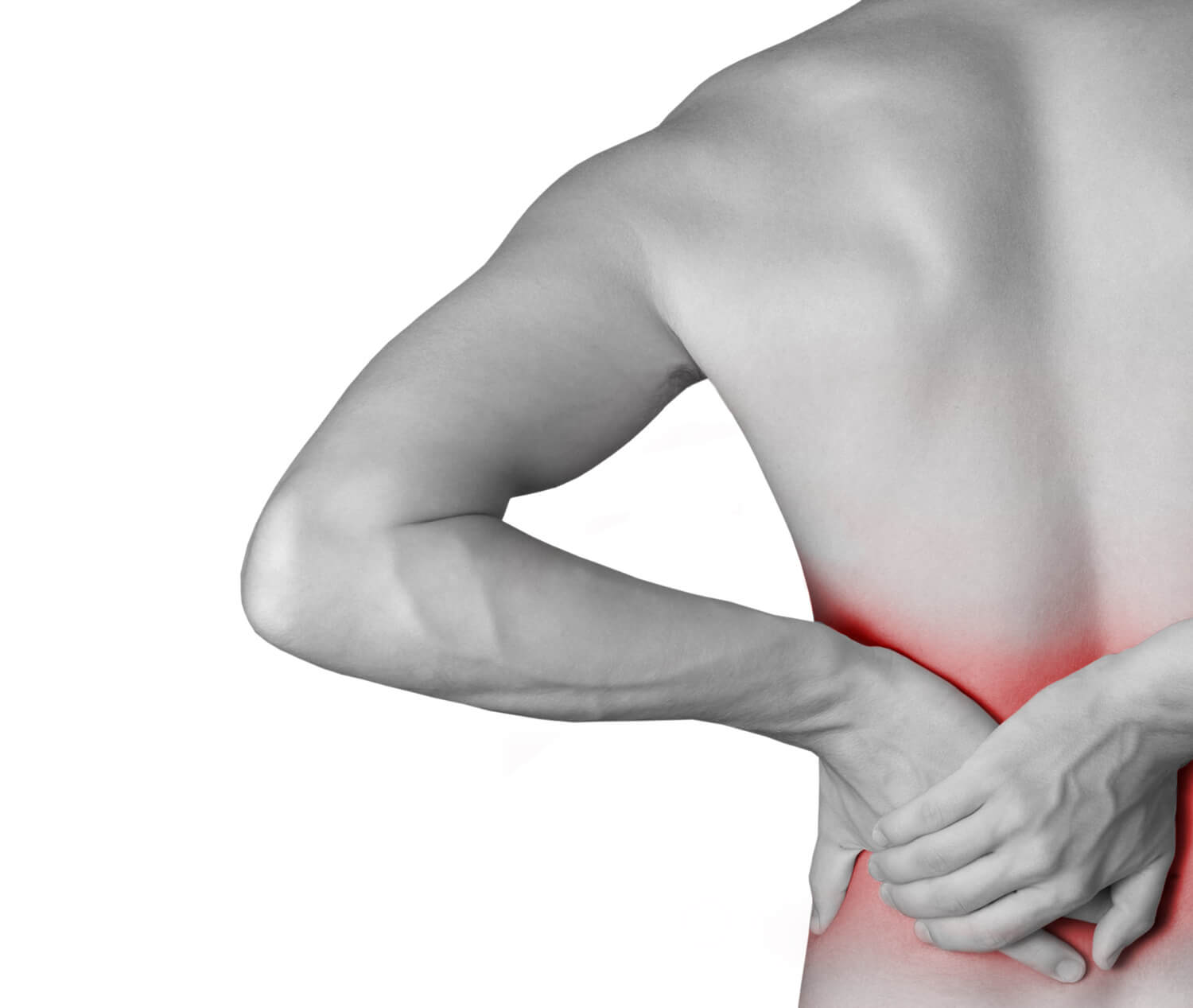It seems like these days meditation researchers are constantly finding new benefits of mindfulness meditation. And today is no different!
A new study published in the Journal of Neuroscience has found that mindfulness meditation is able to significantly reduce pain not only more effectively than a placebo, but using different neural mechanisms.
Previously, we had known that mindfulness meditation is capable of reducing pain in experimental and clinical settings, but the significance of this affect was yet to be determined.
To figure out exactly how effective mindfulness meditation is at pain reduction, Dr. Fadel Zeidan, Assistant Professor of Neurobiology and Anatomy at Wake Forest Baptist Medical Center, and his team of researchers looked to both measure and differentiate it’s effects from the pain-relieving mechanisms associated with a placebo (e.g., conditioning, psychosocial context, beliefs). Placebo comparisons are the most common means of evaluation the efficacy of behavior interventions, so it is imperative to use when determining whether we can soundly support meditation-based pain relief programs as a meaningful solution.
Researchers began with 75 healthy volunteers who were randomly assigned one of the following groups:
(1) mindfulness meditation,
(2) placebo conditioning,
(3) sham mindfulness meditation, or
(4) book-listening control intervention.
The placebo conditioning group received placebo cream they were told reduces pain over time (but was in fact petroleum jelly.) For four days, they were instructed to rub it on the back of their leg.
The sham mindfulness meditation group was taught a kind of “fake” mindfulness meditation: they were told to breathe deeply for 20 minutes but were given no instructions on how to do it mindfully.
The control group had to listen to 20 minutes of a pretty boring book on tape: The Natural History and Antiquities of Selborne.
The group who received the real mindfulness meditation intervention were instructed to sit for 20 minutes with straight posture, closed eyes, and specific instructions about where to focus one’s attention and how to let thoughts and emotions pass without judgment.
To measure experiences of pain and the neural mechanisms being activated, participants were places in an MRI machine where researchers used a small thermal probe to elevate a small area of skin to 120.2 degrees Fahrenheit. Researchers also asked participants to rate the intensity of the pain, as well as their emotional response to the pain. They performed this test both before and after the various interventions.
It’s important to note that all of the cognitive manipulations that were tested (i.e., mindfulness meditation, placebo conditioning, sham mindfulness meditation) significantly weakened pain intensity and unpleasantness ratings when compared to the control group.
However, mindfulness meditation was found to reduce pain intensity and pain unpleasantness ratings significantly more than placebo analgesia. Mindfulness meditation also reduced pain intensity and pain unpleasantness ratings more than sham mindfulness meditation.
The placebo cream reduced the sensation of pain by an average of 11% and emotional unpleasantness of pain by 13%. For the sham mindfulness group, the averages were 9% and 24% respectively. But for mindfulness meditation, the sensation of pain was reduced by a whopping 27% and emotional response reduced by 44%. To put those numbers into a different context, past research has found that the opioid morphine reduces physical pain by 22%.
Also, while all forms of intervention reduced pain, mindfulness-related interventions actually engaged different parts of the brain than the others.
Mindfulness-meditation was associated with greater activation the brains orbitofrontal, subgenual anterior cingulate, and anterior insular cortex. These are the higher-order brain regions associated with attention control and enhanced cognitive control. They also exhibited a deactivation of the thalamus, which is a structure that allows pain to enter into the brain.
In contrast, the placebo group experienced activation of the dorsolateral prefrontal cortex and deactivation of sensory processing regions.
The sham mindfulness group was not correlated with significant neural activity, but rather by greater reductions in respiration rate.
This study is the first to demonstrate that mindfulness-related pain relief is mechanistically distinct from the placebo effect. For researchers, this confirms the existence of multiple, cognitively driven mechanisms responsible for pain modulation. The presence of unique mechanisms may create greater acceptance in the medical community of meditation as an adjunct pain therapy.
The biggest question to answer now is: who will benefit most from this form of pain intervention? It is yet to be tested if this method works better or worse for certain groups or types of pain, and further studies are sure to follow that will help us figure out how we can best use these finding to alleviate people’s pain in the real world.
John Kaweske, Colorado resident, has been meditating for years. He finds that the practice helps him with his focus and ability to lead his entrepreneurial ventures. To learn more about his career and life, please visit his main website.

